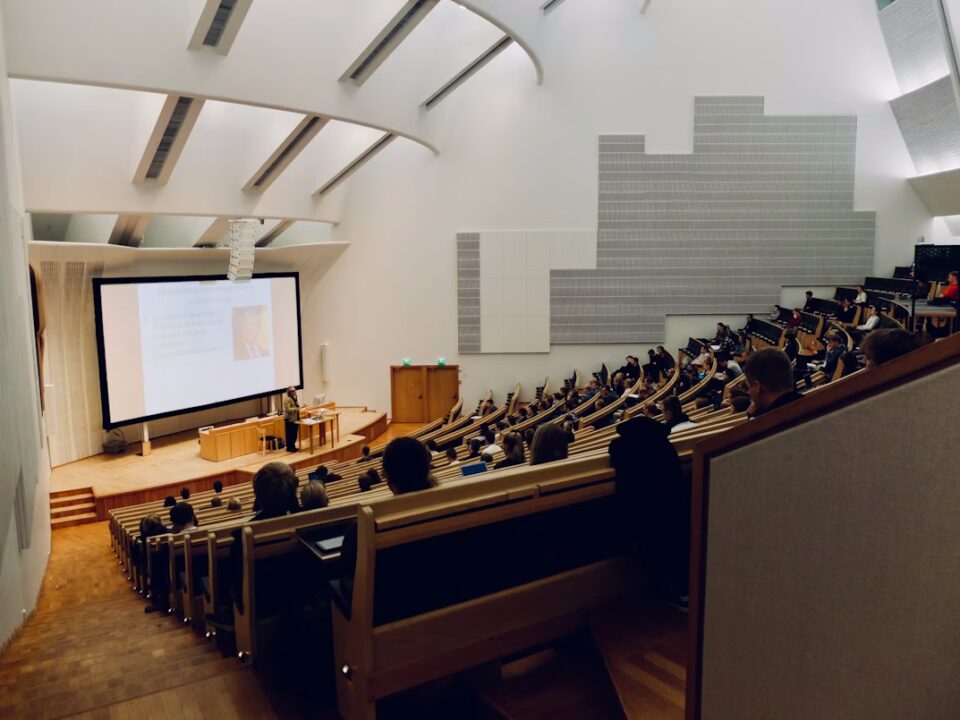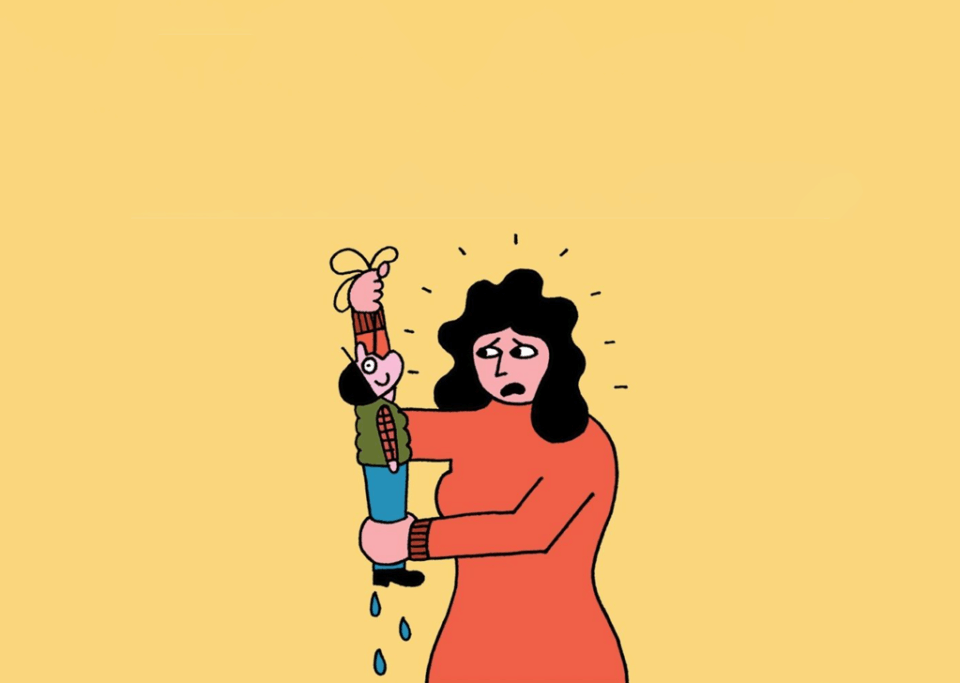Finalist for the AEJMC Tankard Book Award
Finalist for the NCA Bonnie Ritter Book Award in Feminist/Women Studies in Communication, National Communication Association
Abstract
Previous studies have shown that magazine and newspaper discourse on domestic violence hold women as being responsible for the violence perpetrated against them. Women are judged for the violence that men do, expected to behave as victims, and encouraged to consider fund-raising for women’s shelters to be the most defensive action they take. But when a woman fights back and kills her partner, how do media describe and judge that agency and characterize her and her actions? This study of the discourse on domestic violence that appears in 20 years of 20 top popular magazines employs narrative analysis to consider how women who shoot back are characterized in the language and structure of that discourse, while also following Stuart Hall in considering what the absences and silences in that discourse might mean.
Introduction
When a woman accepts a date with a man, he may wonder, “Do we have anything in common?” but she must wonder, “Will he kill me?”
If a woman is beaten or murdered, it is almost always by her boyfriend or husband. Nearly one in four women are beaten or killed by an intimate partner (Tjaden & Thoennes, 2000a), and that number is likely low, because most victims of domestic violence do not report it (Caralis & Musialowski, 1997; Friedman, Samet, Roberts, Hudlin, & Hans, 1992; McCauley, Yurk, Jenckes, & Ford, 1998; Rodriguez, Quiroga, & Bauer, 1996). Men commit 100% of the rapes, 92% of the physical assaults, and 97% of the stalking acts against women, and 70% of the rapes, 86% of the physical assaults, and 65% of the stalking acts against other men (Tjaden & Thoennes, 2000b).
Women are measurably less violent than men; although women are more than half of the U.S. population, they commit fewer than 15% of the homicides—but more than half of those murders are of their intimate partners (Kellerman, 1991). Women who fight back physically and kill their batterers are rare, and media coverage of them and studies of that coverage are also rare—but understanding how those public, mediated conversations about violent women are conducted is critical to addressing this troubling and long-standing issue of social justice that crosses class and race boundaries. Before communities can meaningfully and effectively address domestic violence, a clear understanding of what it is and how society characterizes it must be obtained. Complete analysis of media coverage of the issue is required. Without this, it is difficult to identify the actual problem, situate it within appropriate cultural and social contexts, and work to make domestic peace. By illuminating an under-explored area of media narratives, this study challenges misconceptions about domestic violence and contributes to productive community conversation.
What this study does
This study examines 20 years of magazine articles, analyzing articles about women who attack and kill their violent domestic partners, most often by using a gun. An understanding of the cultural characterization of women who fight back and shoot their attackers fills a gap in knowledge in the field of feminist media studies, and answers the research question: When battered women kill their abusers, how are they characterized in magazines? Media rarely tell domestic abuse stories of women who fight back, and this may contribute to a culture in which men feel they can abuse women without physical consequences. Before social and cultural change can occur, the role of popular media in disseminating patriarchal ideology must be recognized (Rakow, 2001). That is where “real social change takes place,” argues Cuklanz (1996, p. 5). Women’s magazines play a “socializing function” and shape “society’s sense of culture and our sense of self in culture” (Garner, Sterk, and Adams, 1998, p. 59). Therefore, knowing how magazines characterize abused women who attack their attackers contributes to understanding both male and female attitudes toward domestic violence, and may help support the exploration of solutions.
An understanding of why women kill their mates is limited; Bourget and Gagne write, “Despite much research on spousal homicide, few studies have addressed spousal homicides committed by women” (2012, p. 598). Gender in criminological study has been ignored and female deviance marginalized in sociology and media (Heidensohn, 1995). This study breaks new ground in that it highlights the chronically under-reported phenomenon of the abused women who kills her attacker…
Book chapter in Dangerous Discourses: Feminism, Gun Violence & Civic Life,
editor Catherin Squires, 2016
View the full article online via Marquette University – Full book on Amazon






